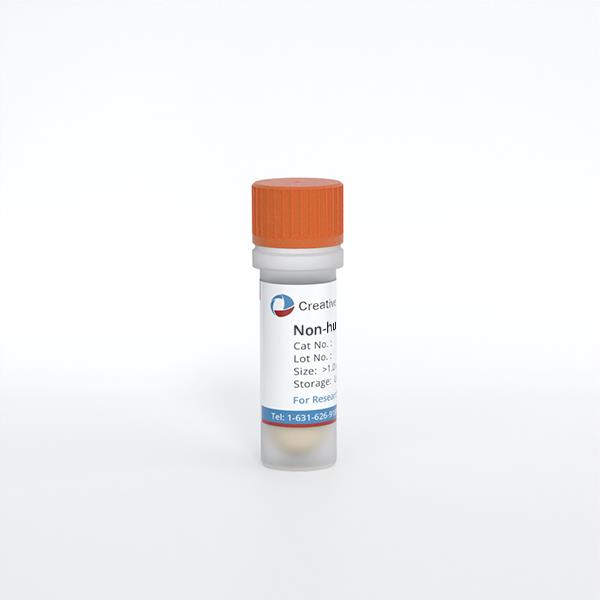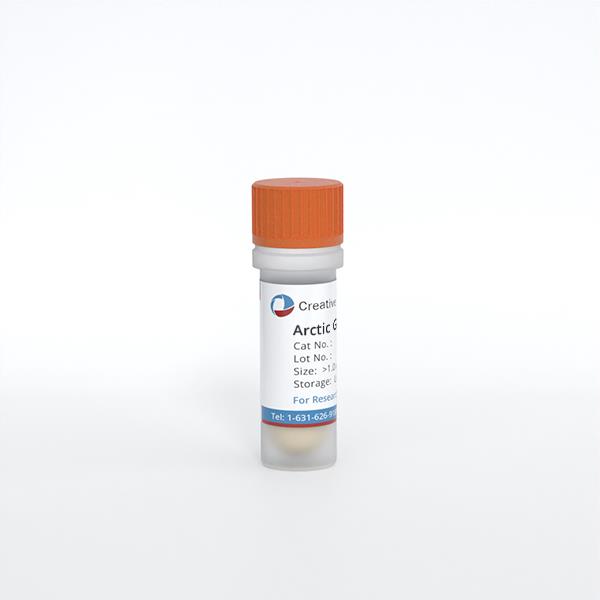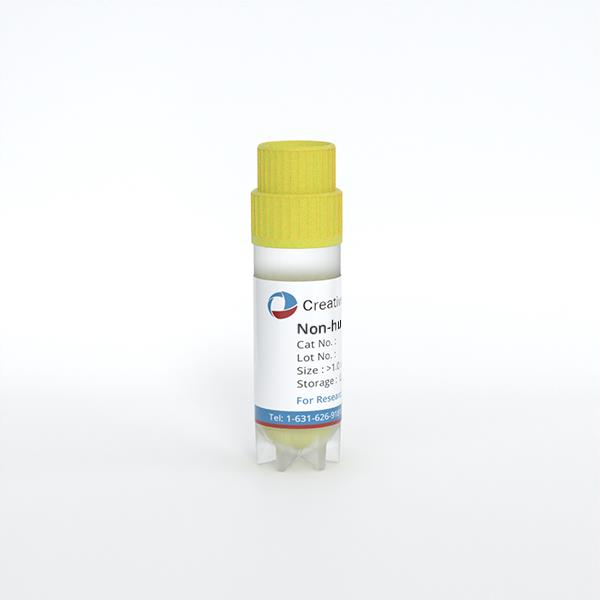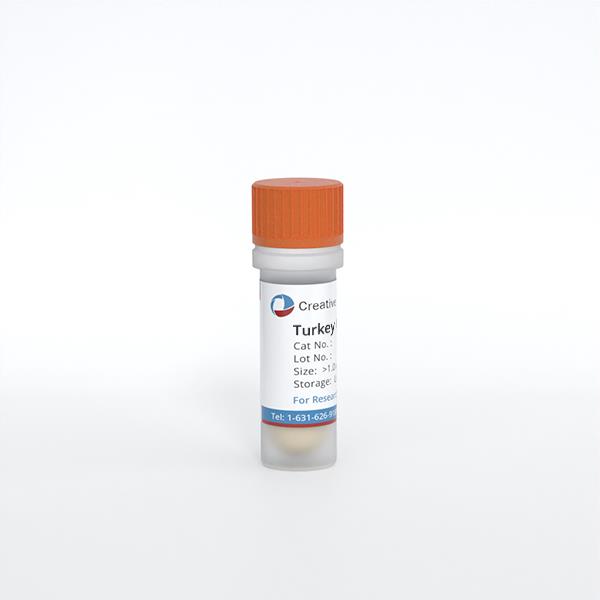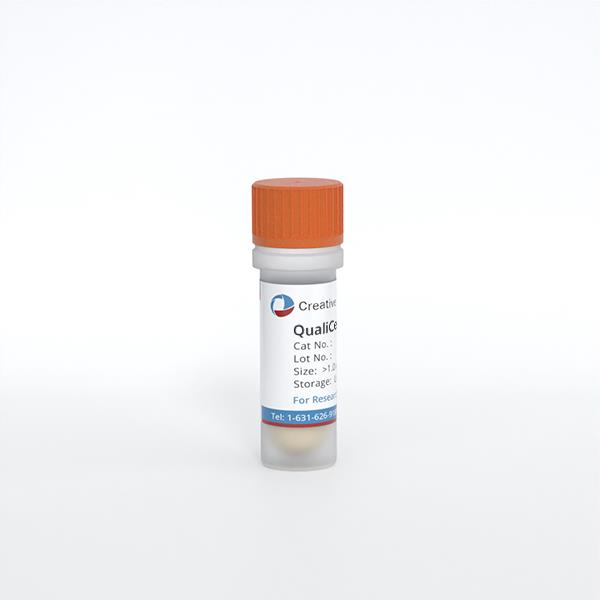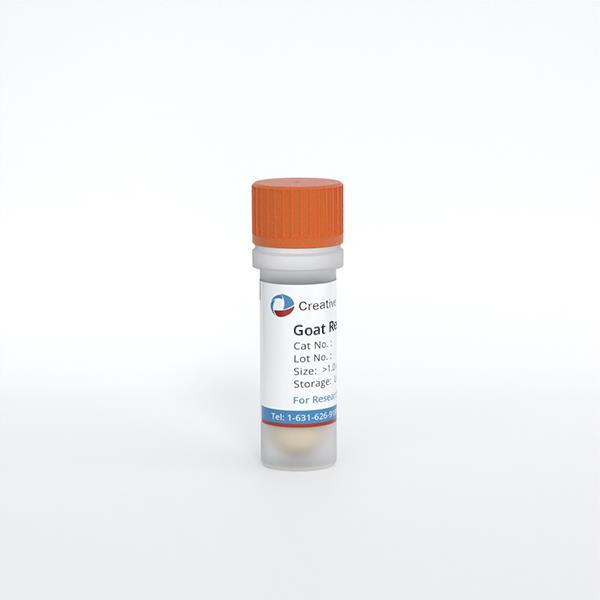
Goat Red Blood Cells
Cat.No.: CSC-C3096
Species: Goat
Source: Blood
Cell Type: Red Blood Cell
- Specification
- Background
- Scientific Data
- Q & A
- Customer Review
Goat red blood cells (GRBC) originate from the peripheral blood of goats and are among the most abundant blood cells. They are produced in the bone marrow and, upon maturation, enter the circulatory system with a lifespan of approximately 120 days.
In the field of scientific research, the core value of GRBC lies in their three key characteristics: "natural, sensitive, and easily obtainable," making them the "universal target cells" for in vitro experiments. In immunological research, GRBC is primarily used as indicator cells in classic hemolysis assays: when incubated with test serum or drugs, the hemoglobin content in the supernatant can rapidly evaluate complement activity, antibody titer, or drug hemolytic toxicity by measuring absorbance. Due to the presence of natural receptors on the GRBC membrane that bind to human complement C1q, GRBC can serve as a "universal substrate" for tests like CH50 and AP50 for both classical and alternative complement pathways, offering sensitivity comparable to sheep red blood cells but at a lower cost.
In parasitology, GRBC act as "living culture dishes" for studying blood protozoa. Inoculating merozoites of Babesia bigemina, Theileria parva, or Hepatozoon canis into GRBC suspensions allows observation of characteristic parasites shapes (pear-shaped, ring-shaped, cross-shaped) under conditions of 37°C and 5% CO₂, useful for drug IC₅₀ determination, invasion blocking experiments, and in vitro evaluation of vaccine candidate antigens' protective rates. Recently, GRBC have emerged in biomaterials and artificial blood research: purified, crosslinked, or nano-encapsulated hemoglobin from GRBC can be used as raw material for hemoglobin-based oxygen carriers (HBOC), addressing human blood shortages; GRBC membrane-coated nanoparticles (RBC-NPs) retain the "CD47-self-recognition" signal, which allows them to evade immune clearance in vivo, facilitating targeted delivery of antitumor drugs or vaccine antigens.
Druggability Profiling of Antifungal Metabolites from Aspergillus giganteus
Global fungal threats and rising drug resistance in Aspergillus flavus, the main agent of invasive aspergillosis, demand new therapies. Sivarajan et al. evaluated the antifungal protein (AFP) secreted by Aspergillus giganteus as a candidate to overcome A. flavus virulence.
The Druggability of antimycotic metabolites in CFS of A. giganteus was investigated by hemolytic assay with goat red blood cells. The percentage of hemolysis of goat red blood cell suspensions exposed to five different concentrations of antifungal compounds present in the filtrates (50–250 μg) was measured. The percentage of hemolysis observed is depicted in Figure 1. The results of the hemolytic assay of antifungal metabolite-treated goat red blood cells revealed that the antifungal metabolite is not harmful with no significant cytotoxicity within the range of 50–250 μg (p < 0.001) of antifungal compounds to the gRBCs. This demonstrated the effectiveness and safety of using antifungal compounds derived from Aspergillus giganteus to treat fungal infections, showing minimal side effects. The results correlate with the other results, namely antagonistic fungal proteins and peptides of Penicillium expansum where none of the proteins showed hemolytic activity in the concentration of 1–100 μM. Different extracts of Periophthalmodon schlosseri were innocuous with human and chicken red blood cells with no cytotoxic effect.
 Fig. 1. Hemolytic percentage of antifungal metabolites of Aspergillus giganteus on goat red blood cells (Sivarajan K, Ravindhiran R, et al., 2025).
Fig. 1. Hemolytic percentage of antifungal metabolites of Aspergillus giganteus on goat red blood cells (Sivarajan K, Ravindhiran R, et al., 2025).
Haemolytic Activity of Amphipathic Tetradecapeptide Polybia MP-1
Polybia MP-1 is an amphipathic tetradecapeptide isolated from the venom of the vespid wasp Polybia paulista with potent antimicrobial activity and high selectivity for bacterial membranes. In the present study, the antimicrobial activity of Polybia MP-1 was evaluated against antibiotic resistant Pseudomonas aeruginosa isolated from mastitic cow milk samples. The percent haemolysis was calculated in comparison to haemoglobin leakage from untreated erythrocytes and that from erythrocytes treated with 0.1 % Triton X-100 (Fig. 2). Polybia MP-1 was found to cause the lowest haemolysis of 2.8 % in buffalo erythrocytes whereas higher percent haemolysis of 19.5 and 16.7 % were observed in goat and cattle erythrocytes respectively, at a concentration of 200 µM.
 Fig. 2. Haemolytic activity of Polybia MP-1 on erythrocytes of different species (Shah P, Shrivastava S, et al., 2021).
Fig. 2. Haemolytic activity of Polybia MP-1 on erythrocytes of different species (Shah P, Shrivastava S, et al., 2021).
Ask a Question
Write your own review
